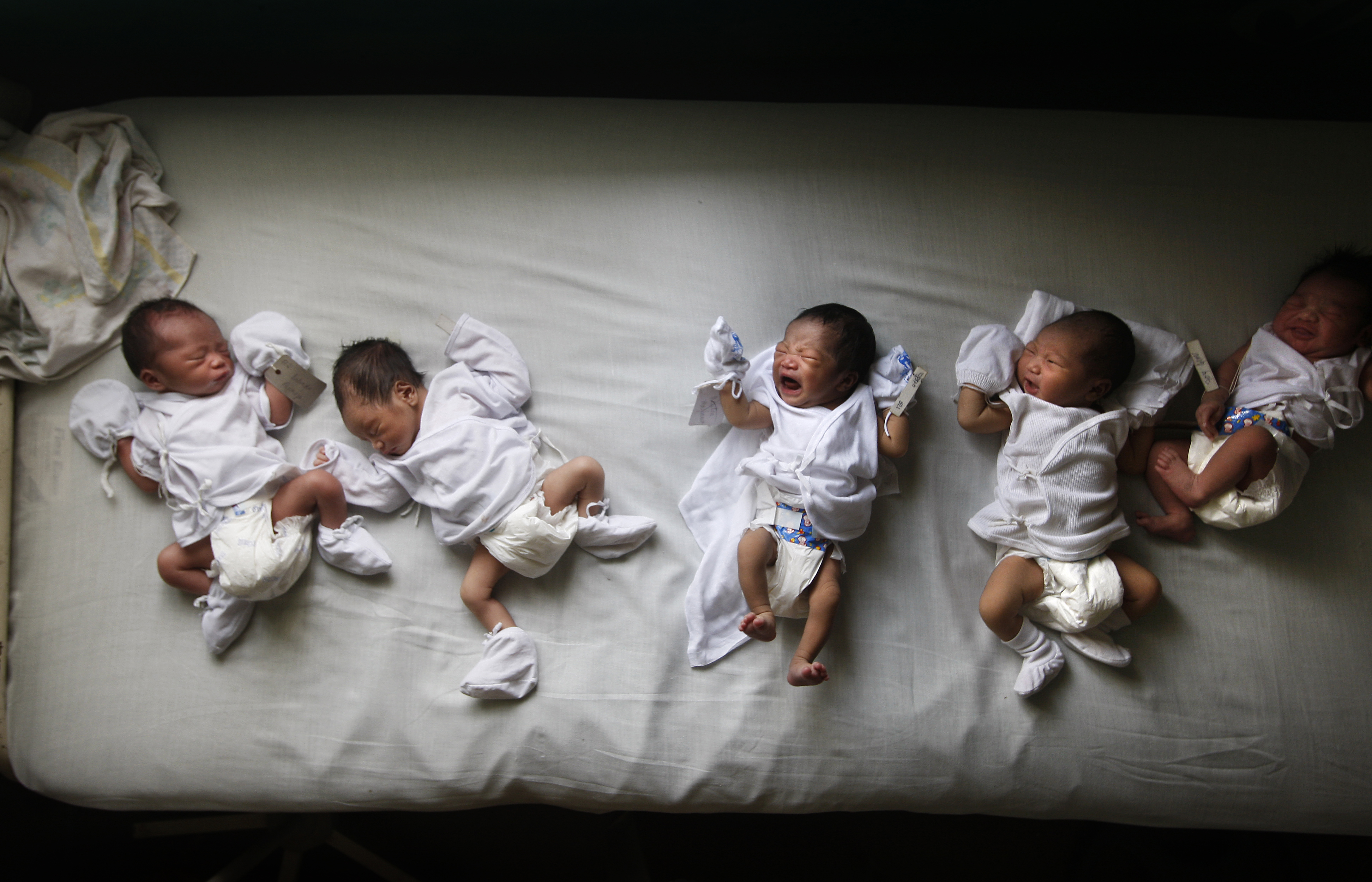
How are great journalists made? Often, it’s pieces of great journalism that help form them, influencing their lives or careers in an indelible way. To celebrate the Nieman Foundation for Journalism’s 80th anniversary in 2018, we asked Nieman Fellows to share works of journalism that in some way left a significant mark on them, their work or their beat, their country, or their culture. The result is what Nieman curator Ann Marie Lipinski calls “an accidental curriculum that has shaped generations of journalists.”
“Beyond 7 Billion,” the Los Angeles Times’s five-part series, melds excellent writing with stunning visual journalism. It connects global overpopulation to terrorism, environmental collapse, starvation, politicization of birth control, and much more. I consumed the articles with mounting horror over the seemingly incorrigible problem of overpopulation, but also pride over the work being done by fellow journalists. Yet I wondered about the choice to exclude the U.S. and other nations from this study of a world issue. To focus on the effects of human overpopulation in Africa and Asia and ignore its impact in Westernized regions was to imply to some degree that we in the West are both unaffected by it and not in some way responsible for it. I wondered what might have been possible to understand about our potential role in producing and perhaps working to solve this global problem if those behind this series had started or ended at home.
I teach the “Beyond 7 Billion” piece to my journalism students because it is both exemplary in its approach and emblematic of the problems we must overcome in American journalism to become the guiding light for informed and engaged citizenship. As a piece of multimedia journalism and an intersectional approach to a problem that affects all humans, it was a lovely marvel. However, in our attempts to document the story of humanity, we must end the belief that the story is “out there” and recognize that we, as journalists educated in and working for Western outlets, are implicated in each story of human overreach, environmental decline, and social struggle.
Beyond 7 Billion: Fertility Rates Fall, But Global Population Explosion Goes On
By Kenneth R. Weiss
Los Angeles Times, July 22, 2012
Excerpt
JAIPUR, India—Ramjee Lal Kumhar and his bride, Mamta, first laid eyes on each other inside a billowing wedding tent festooned with garlands of marigolds.
He was 11 years old. She was 10.
Their families had arranged the marriage. The couple delighted their parents by producing a son when they were both 13. They had a daughter 2½ years later. To support the family, Ramjee gave up his dream of finishing school and opened a cramped shop that sells snacks, tea and tobacco on the muddy road through his village.
At 15 and finally able to grow a mustache, Ramjee made a startling announcement: He was done having children.
“We cannot afford it,” he said, standing with arms crossed in the dirt courtyard of the compound he shares with 12 relatives, a cow, several goats and some chickens in the northern state of Rajasthan.
Horrified, his mother and grandmother pleaded with him to reconsider.
“Having one son is like having one eye,” his grandmother said. “You need two eyes.”
How many children to have is an intensely personal matter, often a source of family debate. But the decisions made by Ramjee, Mamta and others their age will have repercussions far beyond their own families and villages.
They are members of the largest generation in history—more than 3 billion people worldwide under the age of 25.



